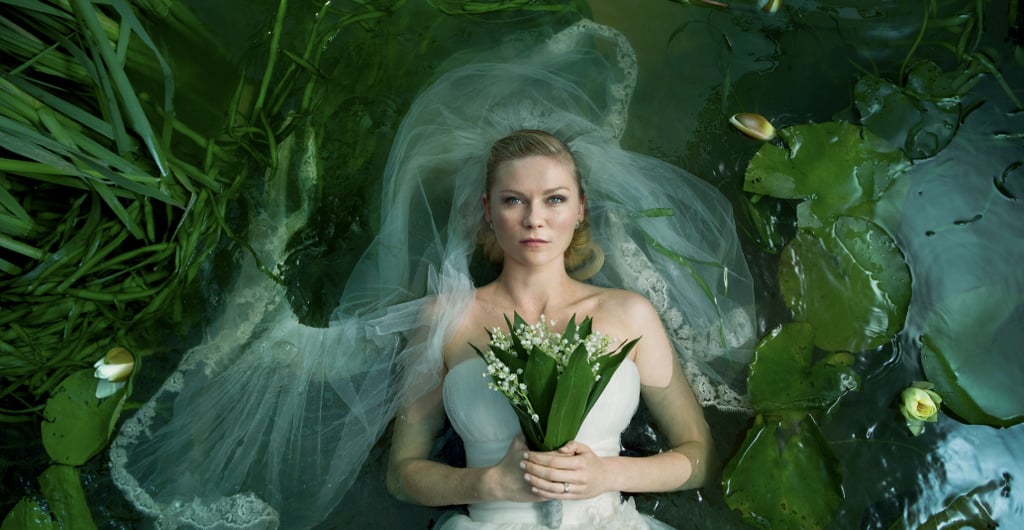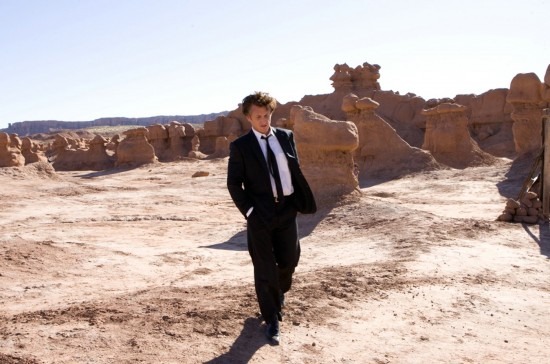Planetary Egos: Melancholia vs. The Tree of Life
Evan Moffitt
12/30/2011


In response to all the hype I’d been hearing for Lars von Trier’s new movie, I finally went to see Melancholia. After 2009’s Antichrist, I expected more beautifully saturated images, thinly veiled misogyny, and Charlotte Gainsbourg—and that’s just what I got. But Melancholia was hollow and overdramatic where Antichrist was poignant. After von Trier’s signature opening of gorgeous slow-motion scenes accompanied by opera music, the movie moved slower than slow motion. The characters, attending the wedding of Justine (Kirsten Dunst), are inexplicably anxious and tense. Justine slowly falls into catatonic despair as Melancholia, a mysterious “fly-by” planet, approaches Earth in its orbit. Justine and her sister Claire (Charlotte Gainsbourg) seem to know that all the astronomers are wrong—instead of passing Earth by, the two planets will collide, ending all life as we know it.
The action of the movie is exceedingly erratic. The actors run around a large estate, riding horses, sleeping, and throwing hissy fits. The only constant is Melancholia, whose beautiful blue hue slowly saturates the film as it approaches Earth. In the end, I was left with the very sensation von Trier is so infatuated with, a deep melancholy I could’ve gleaned from the title and the movie poster. In a press conference at Cannes, von Trier declared his use of German Romanticism and a Wagner soundtrack was a product of his Nazi sympathies, causing a media firestorm and prompting the Cannes Selection Committee to ban Melancholia from 2011’s festival. Melancholia is evidence of its director’s love of spectacle, because it is just that—an overdrawn (though visually stunning) spectacle, wrapped up in publicity stunt statements and the hype of arthouse film fans.
Melancholia reminded me uncannily of The Tree of Life, recluse director Terence Malick’s magnum opus about, well, life itself. Tree of Life drags you through a barrage of images that seem culled from the pages of National Geographic—supernovas and solar flares, volcano eruptions, and even dinosaurs, all spliced into a story about a 1950’s suburban family. Throughout the film, voices whisper psalms and barely audible poetry while candles are lit or snuffed out. I respect Malick for trying to capture something as ineffable as the essence of life and death. But by the time Tree of Life drew to a close, I was overwhelmed by what seemed like twenty minutes of sunflowers, waves on beaches, flying birds, nebulae, and figures dressed in white. Malick’s predictable visual metaphors became as delicate as stampeding rhinoceri. Like Melancholia, Tree of Life tries to capture something indescribable within the human soul, resplendent with rich imagery, but does so through excess rather than deprivation. I wonder if the failures of both films will teach future filmmakers an important lesson: that sometimes the small and simple things around us can be just as meaningful as planets and solar systems.


